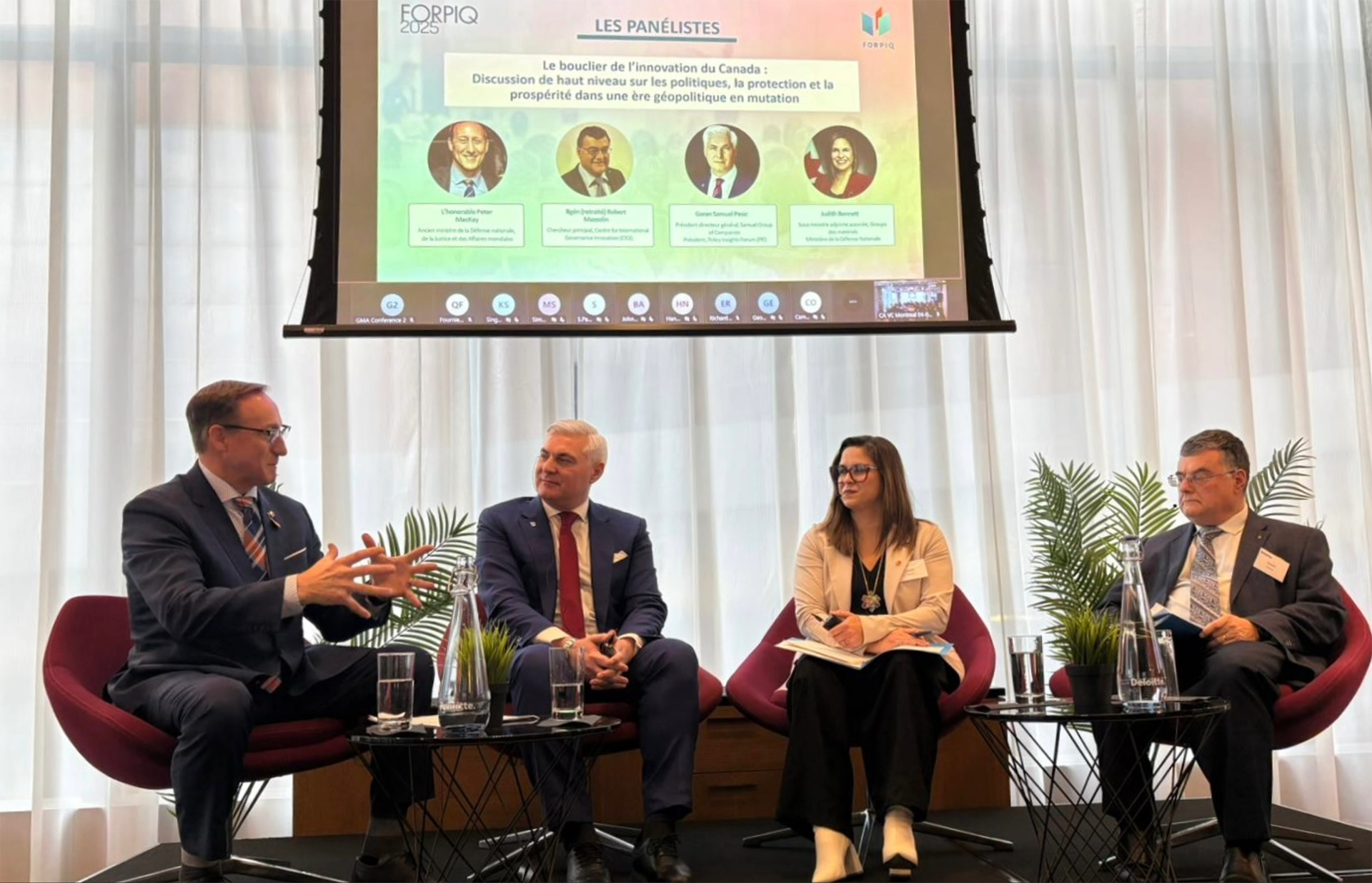Samuel Associates Analysis: Canada Narrows Submarine Contenders to Germany and South Korea
.png)
.png)
%4010x.png)
Digital Marketing & Communications Specialist
Samuel Associates Inc.
Strategic Context
Prime Minister Mark Carney has confirmed that Canada’s Canadian Patrol Submarine Project (CPSP) — a multi-billion dollar procurement to replace the aging Victoria-class fleet — has been narrowed down to two finalists: Germany’s ThyssenKrupp Marine Systems (TKMS, partnered with Norway) and South Korea’s Hanwha Ocean.
This decision represents more than just the acquisition of new vessels. It is a once-in-a-generation investment in Canada’s sovereignty, Arctic security, and naval interoperability. With an estimated value of more than $60 billion, the project has the potential to reshape Canada’s defence-industrial base for decades to come.
Implications for Canada’s Defence Industry
1. Canadian Industrial Content and Partnerships
Both TKMS and Hanwha have signalled strong interest in Canadian content. TKMS has opened a local office and emphasized its long-term strategic vision, while Hanwha has offered bundled packages that include equipment and maintenance facilities. These commitments could create domestic jobs, technology transfer opportunities, and local supply-chain integration.
2. Maintenance, Training, and Lifecycle Support
Regardless of the winning bid, there will be substantial demand for ongoing maintenance, logistics, and training. This opens doors for Canadian shipyards, engineering firms, and technology providers — particularly those with Arctic-specific expertise.
3. Innovation and Knowledge Transfer
The CPSP will introduce advanced technologies such as air-independent propulsion, lithium-ion energy storage, stealth coatings, and vertical launch systems. Canadian firms that can demonstrate complementary capabilities in these areas will be well-placed to partner and benefit from long-term knowledge transfer.
4. Geopolitical Choices
- A TKMS win would tie Canada more closely into NATO’s European industrial base and enhance interoperability with key allies such as Norway and Germany.
- A Hanwha win would represent a first-ever major Asian submarine partnership, potentially expanding Canada’s strategic and economic ties to East Asia.
How Samuel Associates Can Help
At Samuel Associates, we guide Canadian defence companies in seizing opportunities presented by transformational procurements like the CPSP. Our services include:
- Competitive Positioning: We help firms align their products and services with the requirements of both TKMS and Hanwha, identifying strategic differentiators that add value to the Canadian procurement.
- Partnership Development: We facilitate joint ventures and teaming agreements with the prime contractors to ensure Canadian firms are integrated into global supply chains.
- Policy and Compliance Advisory: We provide expertise in navigating Public Services and Procurement Canada (PSPC) processes, Industrial and Technological Benefits (ITB) requirements, and government relations strategies.
- Strategic Communications: We craft compelling narratives that highlight your role in enhancing Canadian sovereignty and security, ensuring visibility with decision-makers and stakeholders.
- Lifecycle Strategy: We position Canadian firms not just for initial contracts, but for decades of sustainment, upgrades, and future technology integration.
What this Means for Business Opportunities
The decision to shortlist Germany and South Korea marks a turning point for Canada’s naval future. This procurement is not only about replacing submarines — it is about building capacity, strengthening sovereignty, and advancing Canadian industry.
Samuel Associates stands ready to help defence and dual-use firms navigate this process, ensuring they are positioned as essential partners in delivering the next generation of Canadian submarine capability.
%4010x.png)
%4010x.png)




